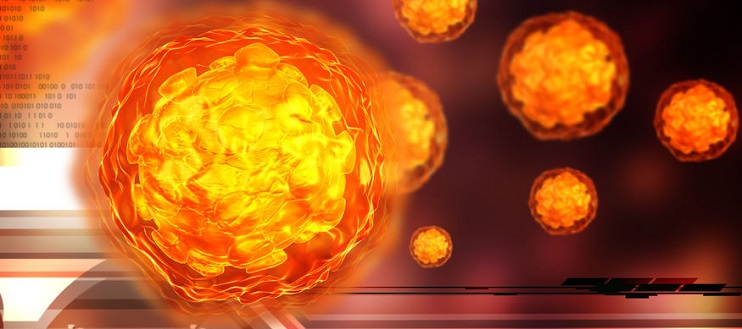

 Back to Suggested Publications
Back to Suggested Publications

Professor Miguel O'Ryan, WAidid board member, suggest this week the article, funded by Bill & Melinda Gates Foundation, "Inactivated poliovirus vaccine given alone or in a sequential schedule with bivalent oral poliovirus vaccine in Chilean infants: a randomised, controlled, open-label, phase 4, non-inferiority study", recently published on The Lancet - Infectious Diseases.
SUMMARY:
Successful immunisation programmes with trivalent oral poliovirus vaccines (tOPV) or inactivated poliovirus vaccines (IPV), containing poliovirus types 1, 2, and 3 have eliminated wild-type poliomyelitis in many regions, including the Americas. However, live-attenuated Sabin viruses from OPV could revert to virulence, causing vaccine-associated paralytic poliomyelitis (VAPP), or acquire neurovirulence and transmissibility as circulating vaccine-derived polioviruses (cVDPV). Although no cases of poliomyelitis caused by naturally circulating wild-type poliovirus type 2 have been reported for more than 15 years, type 2 vaccine-related viruses continue to induce paralysis. Thus, the World Health Organization (WHO) recommends eliminating type 2 vaccine virus by replacing tOPV with bivalent OPV (bOPV) vaccine containing only types 1 and 3 by April 2016. Many countries in South and Central America are considering a switch to sequential IPV–bOPV schedules from their three-dose tOPV primary series for protection against polio.
The article shows the results of a multicentre, randomised, controlled, three-arm, open-label, non-inferiority study performed at six well-child clinics in community health-care centres in Santiago, Chile. This was the first study to compare the immunogenicity of an all-IPV schedule with sequential IPV and bOPV schedules in a phase 4 study, focusing on humoral responses and intestinal immunity.
The authors randomly allocated eligible infants (1:1:1) to one of three polio vaccination schedules: IPV at age 8 weeks and bOPV at age 16 and 24 weeks (IPV–bOPV–bOPV); IPV at age 8 and 16 weeks and bOPV at age 24 weeks (IPV–IPV–bOPV); or IPV at age 8, 16, and 24 weeks (IPV–IPV–IPV). 537 patients were vaccinated.
The authors showed that seroconversion rates against polioviruses types 1 and 3 were non-inferior in sequential schedules containing IPV and bOPV, compared with an all-IPV schedule, and proportions of protective antibodies were high with all three. For poliovirus type 2, the IPV–bOPV–bOPV schedule with one type 2 immunisation achieved seroconversion in 77.4% of infants at 28 weeks.
The authors concluded that sequential schedules of IPV followed by bOPV were non-inferior to an all-IPV schedule in eliciting systemic immune responses to polio serotypes 1 and 3, giving policy makers flexibility in choosing different schedules to enable and sustain polio eradication.
AUTHORS: Miguel O'Ryan, Ananda S Bandyopadhyay, Rodolfo Villena, Mónica Espinoza, José Novoa, William C Weldon, M Steven Oberste, Prof Steve Self, Bhavesh R Borate, Edwin J Asturias, Ralf Clemens, Prof Walter Orenstein, José Jimeno, Ricardo Rüttimann, Prof Sue Ann Costa Clemens, the Chilean IPV/bOPV study group
To read the article, please click here!